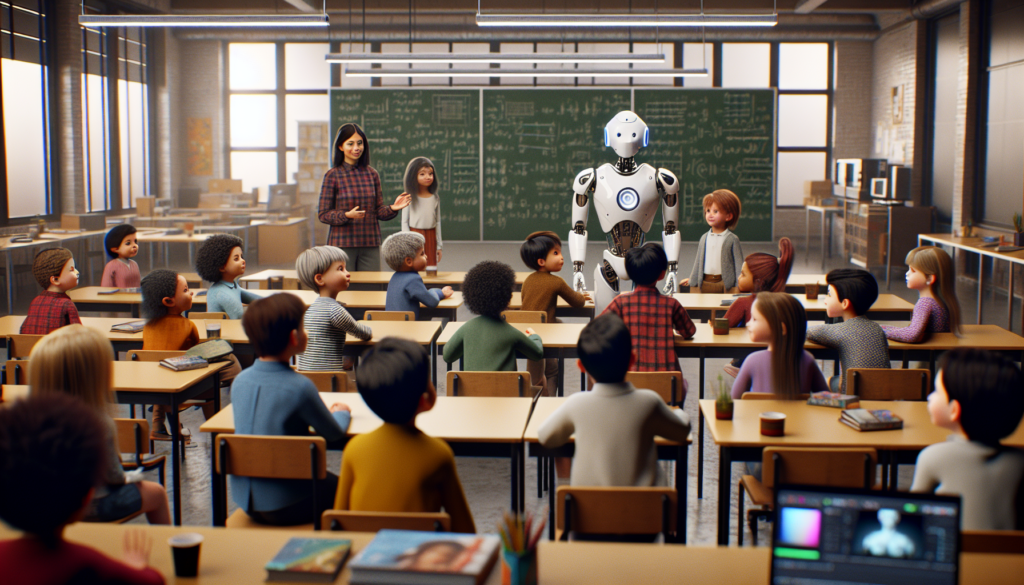Introduction to Humanoid Robotics
Humanoid robotics is one of the most fascinating and rapidly expanding fields in technology today. These robots, designed to mimic human form and behavior, offer a unique blend of engineering, artificial intelligence, and biomechanics. In this post, we’ll explore what humanoid robots are, what distinguishes them, and how they’re changing various industries.
What Makes a Robot Humanoid?
Humanoid robots are characterized by their human-like structure, which typically includes a head, torso, limbs, and often facial features. This design is intended not only to replicate human appearance but also to enable robots to perform tasks in environments built for humans. Some key features include:
- Bipedal Locomotion: Walking on two legs, a complex task requiring advanced control systems to maintain balance and motion.
- Dexterous Manipulation: Hands capable of manipulating objects and performing tasks ranging from simple to complex.
- Sensory Integration: Utilizing cameras, touch sensors, and auditory sensors to mimic human senses, allowing the robot to navigate and interact with its environment.
Leading Examples of Humanoid Robots
To better understand the capabilities of humanoid robots, here are a few notable examples:
- ASIMO by Honda: One of the first advanced humanoid robots developed, ASIMO can run, walk, interact with people, and even serve tea!
- Sophia by Hanson Robotics: Famous for its human-like appearance and ability to process and display facial expressions. Sophia can hold simple conversations and has been a media sensation.
- Boston Dynamics’ Atlas: This robot can perform impressive physical activities such as jumping, running, and even doing backflips. It’s often showcased in videos navigating complex outdoor terrains.
Applications of Humanoid Robots
Humanoid robots are not just technological wonders but also have practical applications in various sectors:
- Healthcare: Robots like HAL (Hybrid Assistive Limb) are being used to support physically challenged individuals, assisting with tasks that these individuals might find difficult or impossible.
- Disaster Response: Robots such as those developed for the DARPA Robotics Challenge are designed to work in dangerous environments, such as post-natural disaster areas, where they can perform search and rescue missions.
- Entertainment and Service Industries: Robots are increasingly being used in roles such as customer service attendants, entertainers, and even educational tools.
Educational and Ethical Considerations
As humanoid robotics evolve, they present unique educational and ethical challenges:
- Educational Impact: They serve as excellent educational tools, helping students understand complex concepts in robotics, computer science, and engineering through hands-on learning.
- Ethical Considerations: The development and deployment of humanoid robots also raise important questions. For instance, how might these robots affect employment? What about privacy and security concerns?
The Future of Humanoid Robotics
The future of humanoid robotics is incredibly promising, with advancements in AI and robotics technology continuously pushing the boundaries of what’s possible. Researchers are focusing on improving the autonomy and adaptability of humanoid robots to enable them to perform more complex, varied tasks with minimal human oversight.
- Increased Autonomy: Future humanoid robots will likely exhibit higher levels of decision-making and problem-solving capabilities.
- Enhanced Human-Robot Interaction: As AI becomes more sophisticated, the interaction between humans and robots could become more intuitive and natural.
Conclusion
Humanoid robotics is a dynamic field that bridges the gap between science fiction and real-world technology. As technological advancements continue, the potential for humanoid robots to assist, augment, and perhaps even partner with humans grows. This promising future offers endless opportunities for innovation and could redefine the role technology plays in our lives.

